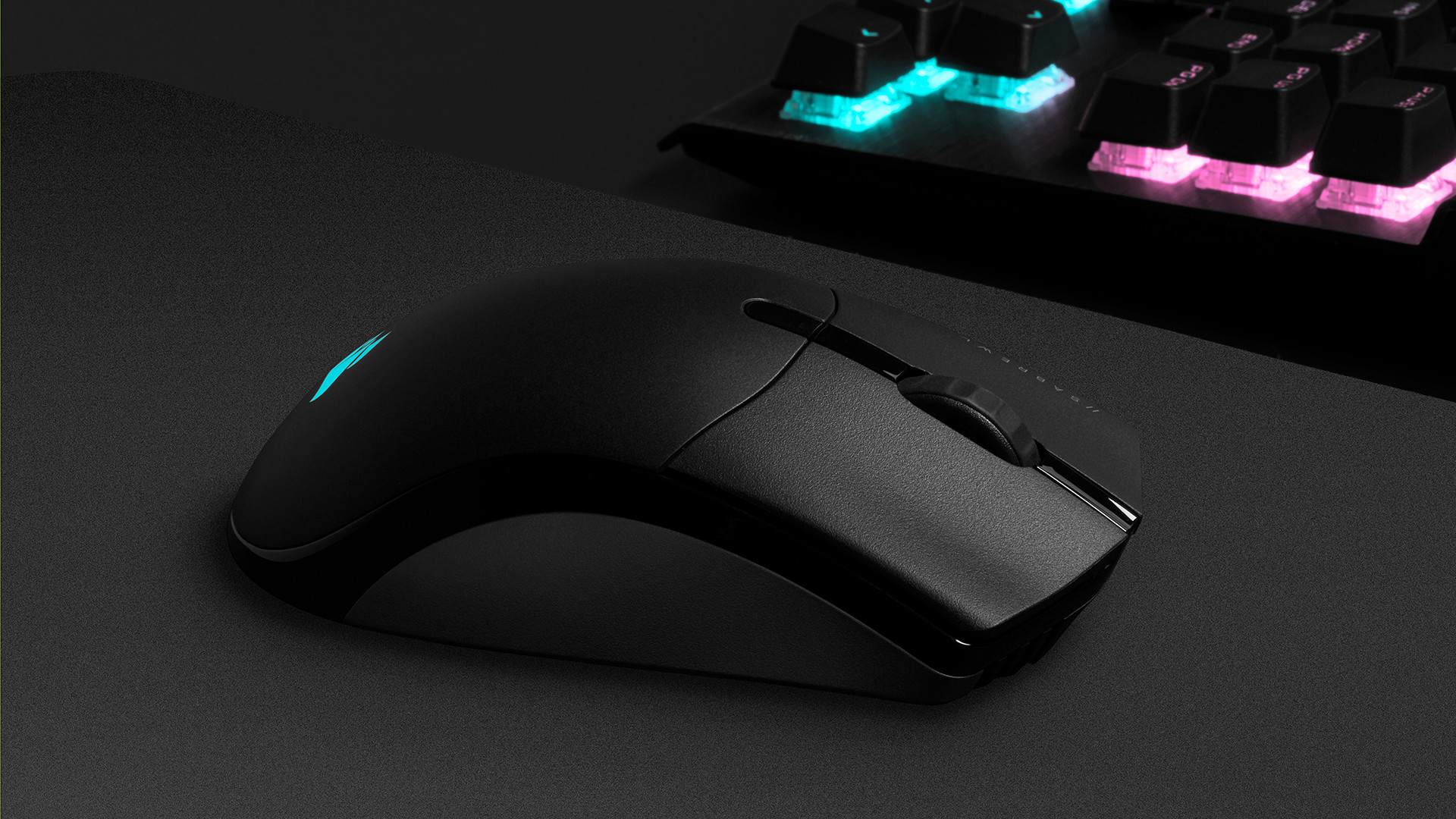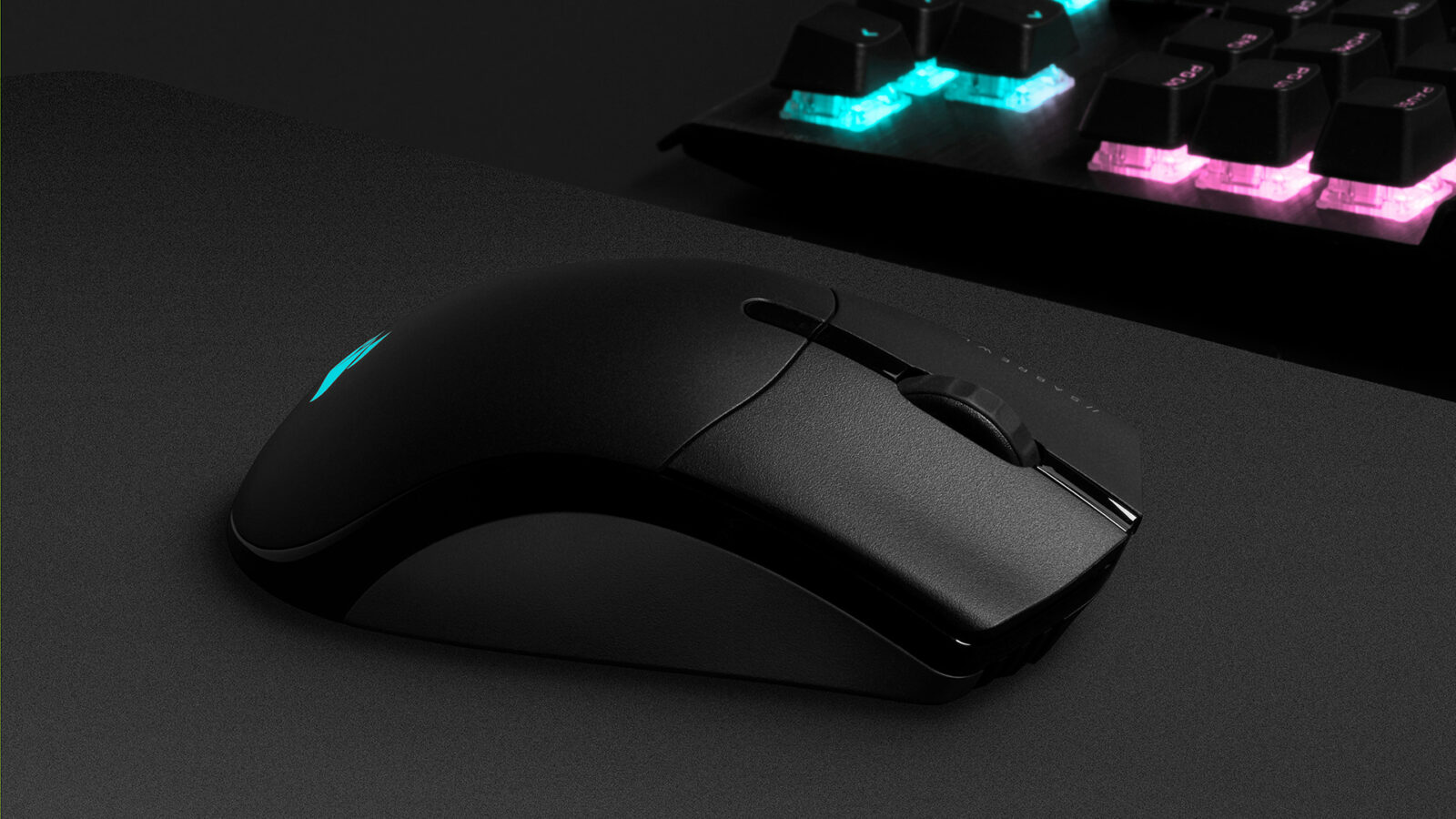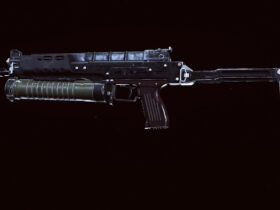Corsair Sabre RGB Pro Wireless Gaming Mouse Review
📱

The Corsair Sabre RGB Pro Wireless gives you everything you need for a gaming mouse, wireless mouse or other mouse. It should fit most hands and holding styles, has excellent build quality, and offers plenty of customization through its iCue software. There are a few hiccups that prevent it from being perfect, but none of these flaws affect the experience significantly enough to undermine the appeal of this reliable rodent.
The first thing that struck me about the Corsair Sabre RGB Pro Wireless was its weight. After playing a ton of Call of Duty: Warzone and League of Legends, I can safely say that I wasn’t overwhelmed by this clicker. Building a lightweight wireless gaming mouse is no easy task (just ask the HyperX Pulsefire Dart), and luckily the Corsair Sabre RGB Pro Wireless wasn’t designed to compromise to achieve its 79-gram weight.
In fact, the wireless and wired versions of this mouse are only 5 grams, otherwise they are more or less the same. The wired version is much cheaper, costing $50/£40 less, but that’s one downside of all wireless peripherals. While the cost of cutting the cord has increased, the Corsair Sabre RGB Pro Wireless is priced competitively against its competitors at $109/£89.
It’s worth noting that there are lighter options too, like the Razer Viper Ultimate (74g) or the SteelSeries Aerox 3 Wireless (68g), if that’s your priority. However, the former is more expensive ($129/£129), while the latter’s cellular chassis design might not be sturdy enough for some, especially when traveling. So while the Corsair’s competitors aren’t the best wireless gaming mice in terms of weight or price, it’s an excellent choice for a variety of industries, with some advantages of its own.
check price
| Corsair Sabre RGB Pro Wireless | Logitech G Pro Wireless | Razer Viper Ultimate Edition | SteelSeries Aerox 3 Wireless | |
|---|---|---|---|---|
| sensor | TrueMove 3+ Dual | Hero 25K | Razer Focus+ | SteelSeries TrueMove Air |
| Max DPI | 26,000 | 25,600 | 20,000 | 18,000 |
| Maximum speed (ips) | 650 | 400 | 650 | 400 |
| Programmable button | 6 | 4-8 | 8 | 6 |
| lighting area | 1 | 1 | 1 | 3 |
| weight | 79 grams | 80 grams | 74 grams | 68 grams |
| Battery Life | up to 90 hours | up to 60 hours | up to 70 hours | up to 80 hours |
| price | $109 / £89 | $129 / £109 | $129 / £129 | $99 / £99 |
Corsair’s clickers have excellent battery life. The company claims the mouse has enough power for up to 90 hours of gaming, meaning if you’re using it for 13 hours a day, you’ll only need to charge it once a week. I got 80 hours from my squeak before I had to charge it, which is slightly less than the rated time, but still more than enough. There are also ways I can get more juice out of the Sabre RGB Pro Wireless, like reducing the speed or brightness of its RGB effects, or instructing the mouse to go to sleep after a short period of time via iCue.
Turning on Bluetooth using the switch on the base can help extend battery life further, but the lower latency of the 2.4GHz dongle makes it easier to tap your head. Unless longevity is the name of the game, you probably always plug the receiver into your gaming PC or place it in a compartment designed to hold it in the mouse itself. This makes the Sabre RGB Pro Wireless one of the best gaming mice for travel, aside from its hardware profile (which we’ll get to in a moment).
Packaging: The Corsair Sabre RGB Pro Wireless is one of the best gaming mice for travel
The 2.4GHz receiver uses Corsair’s proprietary Slipstream wireless technology to communicate with the Sabre RGB Pro Wireless, and I have only one small complaint after hundreds of hours of use. The device has a polling rate of up to 2,000Hz and a transfer speed of 0.5ms. These specs are the fastest on the market, but I had to manually enable this as it defaults to the still very fast 1,000Hz/1ms profile. It might have something to do with the improved battery life, but I haven’t noticed any major impact since I got the mouse.
While you’re unlikely to notice much of a difference when switching from the default to 2,000Hz, I’ve always thought I wanted my hardware and peripherals to run at their highest and fastest performance levels (even if I was too slow to appreciate them properly). In any case, Slipstream hasn’t let me down, the connection between my mouse and rig is just responsive. Honestly, after using the Sabre RGB Pro Wireless, I found it hard to go back to a wired connection.
None of this matters if the Corsair’s clickers aren’t comfortable or suitable for gaming. The company says the Sabre RGB Pro Wireless is best for MOBA and FPS gaming, so I made sure to play it a lot during testing, among other genres. I found the Corsair Quickstike buttons and Omron switches to be very consistent and responsive, especially at key moments when every input matters. Also, if the purported 50 million hits guarantee holds true, they should stay that way for a long time. It also looks great, except for “// SABREWL” printed on the left mouse button.
As someone who likes a fingertip grip (yes, we exist), the Sabre RGB Pro Wireless’s ergonomic shape doesn’t just fit my hand. The paws and grips should also fit easily on the chassis of the mouse, feel good in the hand, and luckily it’s not a grease or fingerprint magnet, save for its glossy plastic trim.
Corsair said it designed the clicker for competitive gaming with the help of esports professionals, making it part of the company’s “Championship Series” of products. That said, I’m happy to use the mouse for work and play and it hasn’t been abandoned. If you’re looking for a pro with more buttons, especially for MOBAs, you might want to consider the Razer Naga Pro.
I’m already familiar with Corsair’s software since I’ve used one of the company’s best gaming keyboards (kudos to the K70), but the iCue is still one of the better controllers on the market with bloatware than the likes of the Razer Synapse Less software.
With iCue, you can create profiles, assign new functions to the six programmable buttons, play lighting effects, and change DPI levels. They’re easy to configure to your liking and even activate automatically when you launch a specific video game or software. You can also save five profiles directly to the mouse’s onboard memory and switch between them via the buttons on the bottom of the mouse. The software’s “Scene” feature also helps you sync the RGB of iCue-compatible devices, but it’s just as easy to set up your own manual configuration.
Pair your rodent with the best mouse pad
In the Device Settings menu, you can access some key settings that I wish were enabled by default or more easily accessible rather than hidden away. First, you should definitely turn on button response optimization, as it helps reduce mistyping. Here you’ll also find the “Sleep Mode” feature, which I recommend you turn on to prevent the Sabre RGB Pro Wireless’s battery from burning out, even if you’re not using it.
In addition to that, I would like the battery gauge in the notification tray to use a percentage to describe the charge level. Finally, back to RGB, I’d like to see Corsair’s clicker with a revised version of RGB on the base, similar to the Razer Basilisk V3. Not only does this serve as a cool battery indicator, it also adds to the mouse’s otherwise lack of lighting, which is mostly blocked by your hand in most cases.
Despite a few minor complaints, the Corsair Sabre RGB Pro Wireless is truly an excellent example of a wireless gaming mouse. It’s light, has great hardware, and has intuitive software, all combined at a very competitive price. You’ll often find it on sale, but even with an MSRP of $109/£89, this mouse is highly recommended as an all-around lightweight wireless champ.
Find more articles in our categories Gaming & News & Anime.
Thanks for visiting we hope our article Corsair Sabre RGB Pro Wireless Gaming Mouse Review
, think about share the article on Facebook, instagram and whatsapp with the hashtag ☑️ #Corsair #Sabre #RGB #Pro #Wireless #Gaming #Mouse #Review ☑️!














Leave a Review